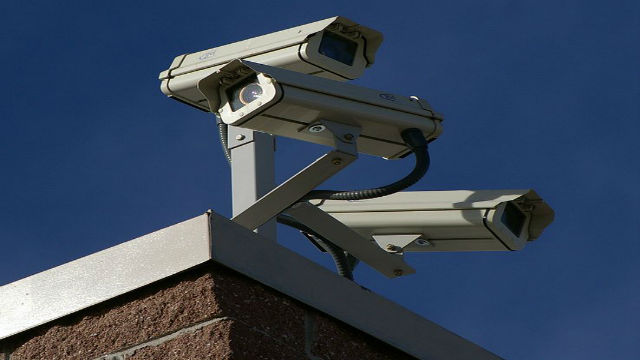Deflection or Explosion: How to Deal with Threatening Meteors

What’s the Latest Development?
The explosion of a meteor above the Russian city of Chelyabinsk in mid-February, while sparing lives and damage to the city, served as a stark reminder of Earth’s vulnerability to space rocks. Recently, a NASA study looked at the feasibility of deflecting meteors from their Earth-bound trajectory. “That study was prompted by the discovery of a near Earth asteroid designated 2011 AG5 in early 2011. … It found that a sufficiently large deflection was possible without requiring the use of particularly large spacecraft or launch vehicles, or advanced technologies.”
What’s the Big Idea?
Another school of thought is to hit a meteor with a nuclear bomb, both smashing it to bits and altering the trajectory of those bits. While such explosion techniques have fallen out of favor, mostly due to the fear that meteor bits would still impact Earth, Paul Miller of Lawrence Livermore National Laboratory is believes the approach has promise. “Miller showed a simulation of a ‘megaton-scale’ nuclear weapon striking a pure iron asteroid 50 meters across. ‘We found that, with this 50-meter object, the largest fragments were less than three meters in diameter,’ he said.”
Photo credit: Shutterstock.com





